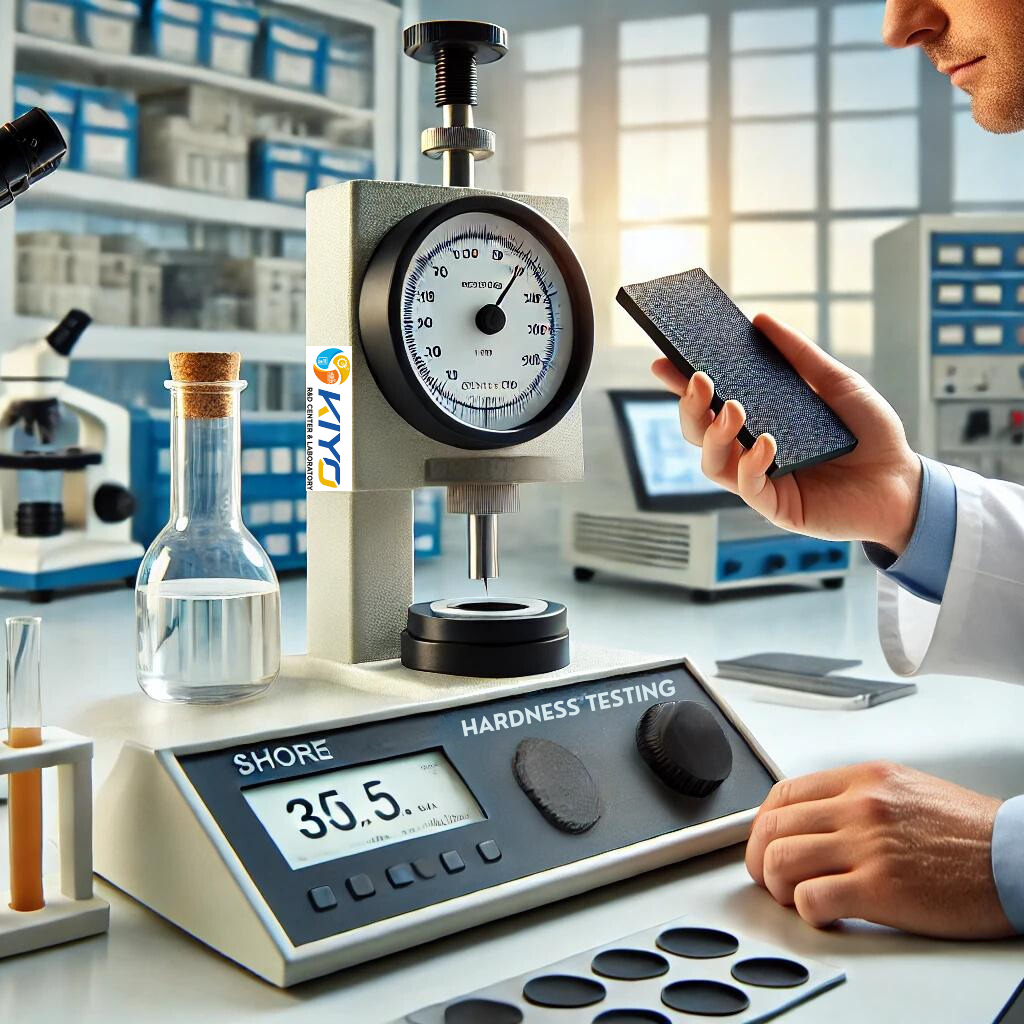Mastering Material Hardness with ISO 868 at Kiyo R&D Center & Laboratory
In the realm of materials testing, determining the hardness of plastics and ebonite is a fundamental task that influences product quality and performance. At Kiyo R&D Center & Laboratory, we utilize the ISO 868 standard to perform precise Shore hardness testing. This blog explores the significance of ISO 868 and how we implement it to ensure our clients receive accurate hardness measurements.
ISO 868 is an international standard that provides a method for measuring the indentation hardness of plastics and ebonite using a durometer, commonly known as Shore hardness. This standard is vital for industries that depend on precise material properties to meet their quality and performance requirements.
Shore hardness testing is integral for understanding a material’s resistance to indentation. This test helps determine a material’s rigidity, flexibility, and overall durability. It is particularly crucial for applications where hardness affects performance, such as in automotive components, consumer goods, and medical devices.
At Kiyo R&D Center & Laboratory, we adhere to the ISO 868 standard to ensure precise hardness testing. Our process involves:
Shore hardness testing is essential across numerous industries. In the automotive sector, rubber components’ hardness impacts safety and performance. In the medical field, the hardness of plastic parts in medical devices is critical for functionality and safety.
Kiyo R&D Center & Laboratory is dedicated to providing accurate materials testing services. Our strict adherence to ISO 868 ensures reliable data, helping our clients make informed decisions. With advanced equipment and a skilled team, we offer exceptional Shore hardness testing services.
ISO 868 is crucial for determining the hardness of plastics and ebonite. At Kiyo R&D Center & Laboratory, we follow this standard meticulously, ensuring precise and reliable results. Stay connected with our blog for more insights into our testing procedures and services.

For quotation or visit